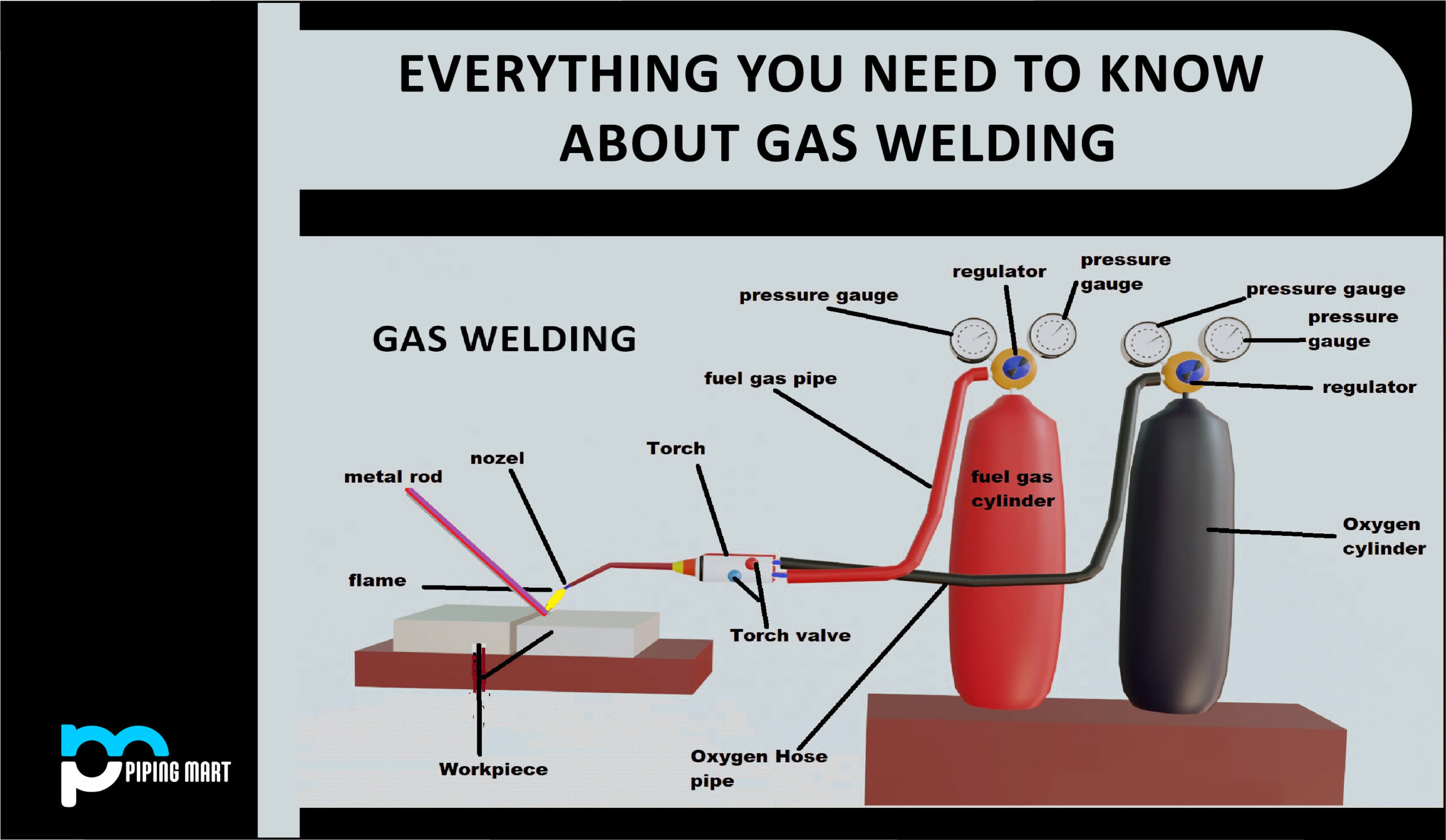- Aggressive Environment Testing
- Corrosion Testing
- Fatigue Testing
- Hardness Testing
- Tensile Testing
- Hydrogen Testing
- Residual Stress Measurement
It is important to understand the strength of the materials you use in a wide range of industries. Particularly in fields involving large constructions (such as buildings, airplanes, and space shuttles), you must be aware of how much pressure each part can withstand before breaking. They play an important role in many calculations for the safety of the people involved or the effectiveness of the building. Destructive testing is one method for determining the strength of the material. Continue reading if you want to learn more about destructive testing!
What is Destructive Testing (DT)?
Destructive testing refers to techniques for testing the performance and behavior of a material. Given the nature of these techniques, the materials that are put to the test are frequently examined for failures. These techniques test the material to certain circumstances, either based on standards or conditions of service. The results of the testing will reveal how much the specimen can endure before failing.
These tests are frequently performed in a laboratory using specialized equipment handled by professionals such as engineers and scientists. DT techniques can have a considerable impact on an engineer’s critical evaluations of a project. It is also useful for failure research, materials characterization, and fabrication validation, all of which are normally undertaken before the mass production of a component or material. Its opposite is non-destructive testing, in which, unlike DT techniques, the specimen stays intact and usable after the procedure.
Destructive Testing Methods
The American Society for Testing and Materials (ASTM) is an international organization having testing and materials authority. They perform research, measure materials, and develop specifications for a wide range of products. As part of its services, the organization also provides standards and testing, including DT techniques. Experts employ a variety of destructive testing techniques, including:
- Aggressive Environment Testing
When tested, materials are typically expected to withstand several situations. Aggressive Environment Testing establishes the specimen’s fatigue and fracture points when exposed to extreme weather conditions. Temperature, pressure, salinity, humidity, chemical exposure, and other corrosive natural forces are all factors that influence the materials. You can estimate how well a material will perform by simulating the environment in which it will be utilized.
- Corrosion Testing
Corrosion testing, like aggressive environment testing, determines a material’s corrosion point when exposed to marine and freshwater environments. As one might think, this sort of testing is performed on materials that will most likely be subjected to water corrosion, such as steel pipes.
- Fatigue Testing
This DT technique is used to determine how much pressure, whether constant or variable amplitude loading or strain a welded joint can withstand in open-air and marine environments. The component will withstand as much fatigue as possible until breaking, indicating to scientists how robust welded components or heat-affected areas of a structure may be.
- Hardness Testing
A material’s hardness is defined by its capability to withstand deformation. It may also be used to evaluate how well a material responds to tremendous stress. A Rockwell scale and an indenter are typically used in this technique. The indenter will penetrate the material at a constant force, and the depth of penetration will reveal the hardness of the material.
- Tensile Testing
This time, the tensile strength of the material is put to the test. Depending on the parameters of the test, the specimen will be compressed or elongated until it breaks or fails. The machine will apply regulated pressure to the specimen in order to identify its ultimate tensile strength, breaking strength, and maximum elongation or reduction.
- Hydrogen Testing
Another element that might cause corrosion is hydrogen. That is why there is a distinctive DT technique for determining how much hydrogen is required before corrosion occurs in a material. The parameters of the test would, as always, depend on the product, which means that the temperature and strain rates would vary.
- Residual Stress Measurement
When a material is subjected to external stress, internal stresses may persist even after the exterior forces have been eliminated. Internal stresses can sometimes affect surface stress. Internal stress is properly measured by scientists using complex technologies such as synchrotron diffraction, neutron diffraction, and x-ray diffraction. By testing for internal stress, engineers will be able to more properly estimate stress distribution within the material, which may impact the critical assessment of the structure.

Pipingmart is B2B portal specializes in industrial, metal and piping products. Also, share latest information and news related to products, materials and different types grades to help business dealing in this industry.




